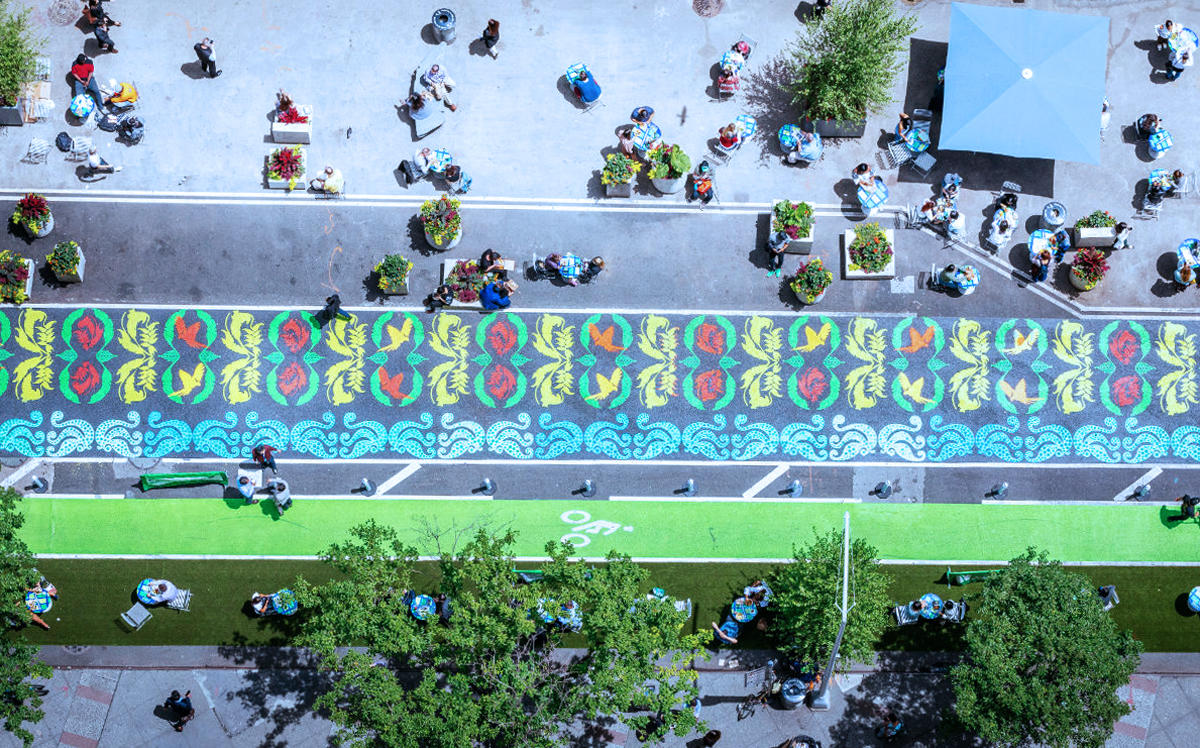Trending
Garment District rezoning process kicks off: What it means for landlords
Zoning rules will change on side streets

The Department of City Planning on Monday kicked off the months-long process to change zoning rules in the Garment District.
The agency certified a text amendment that will lift a 1987 zoning restriction in certain parts of the neighborhood. This marks the first step in the Uniform Land Use Review Procedure (ULURP), which will take several months and culminate in a vote by the City Council.
Earlier this month, the city revealed revised plans to rezone the district after temporarily tabling a previous proposal. The latest plan allows owners of buildings on certain side streets in the district to convert their spaces to office use without having to preserve manufacturing space, as was required under the 1987 zoning rule.
Under current zoning, owners of existing buildings of a certain size — larger than 70,000 square feet — must maintain a 1:1 ratio when doing an office conversion, meaning that as much garment manufacturing space is maintained in the building as office space. This rule will remain intact in much of the district, a change that seems to have mollified concerns among critics that protect the fashion industry. The city has also pledged to dedicate as much as $20 million to acquire a building for manufacturing use and will offer tax breaks to landlords who set aside at least 25,000 square feet for manufacturers.
“The City of New York took an important first step today by providing the necessary investments in the fashion manufacturing sector, while at the same time removing antiquated zoning restrictions that have simply failed to stop the exodus of jobs overseas,” Barbara Blair, president of the Garment District Alliance, said in a statement. “This plan offers the best opportunity to bolster the economic diversity of the area while offering a long-term sustainable solution for fashion manufacturers.”




